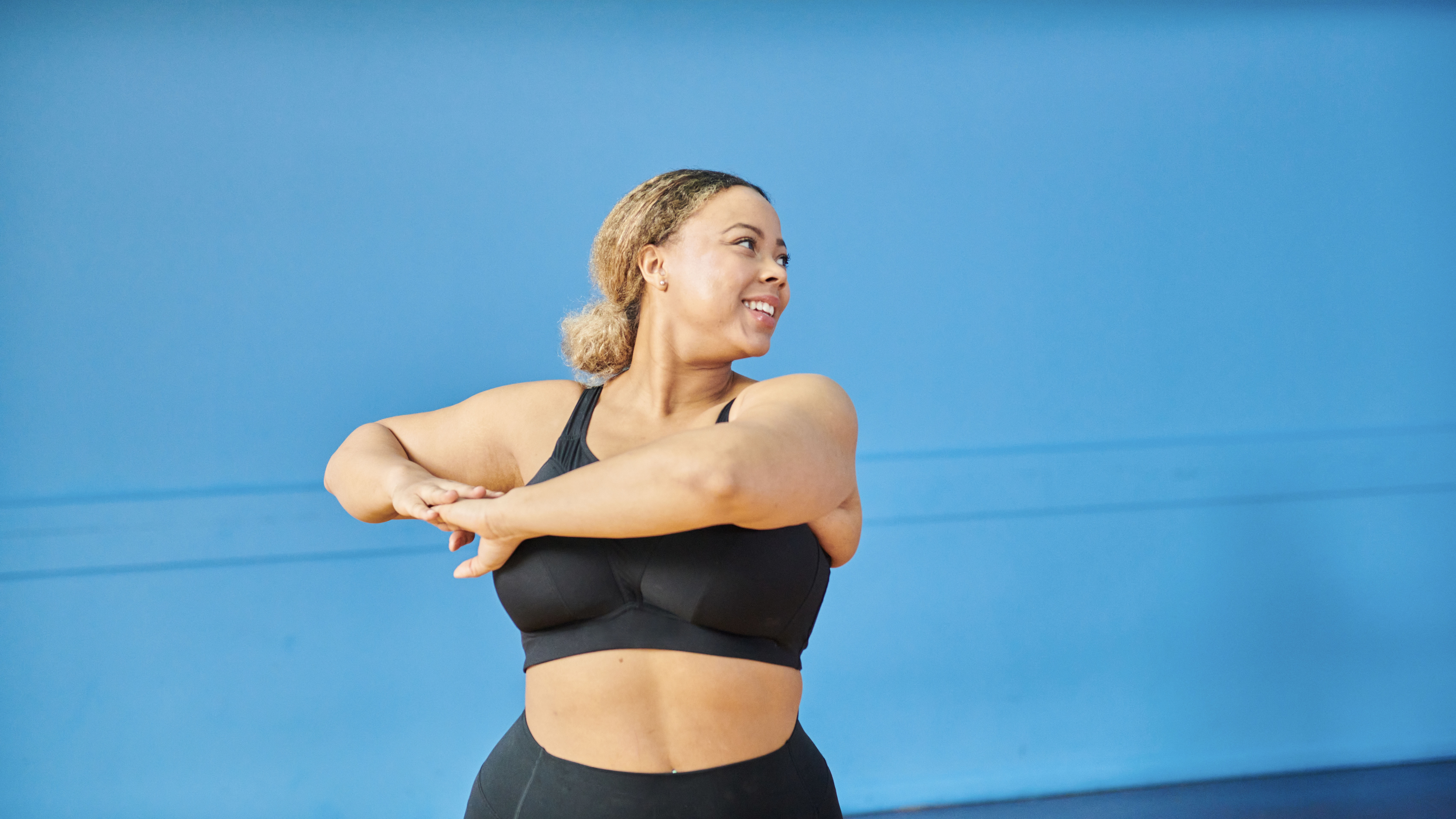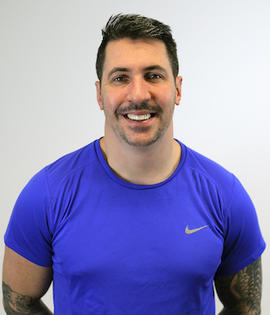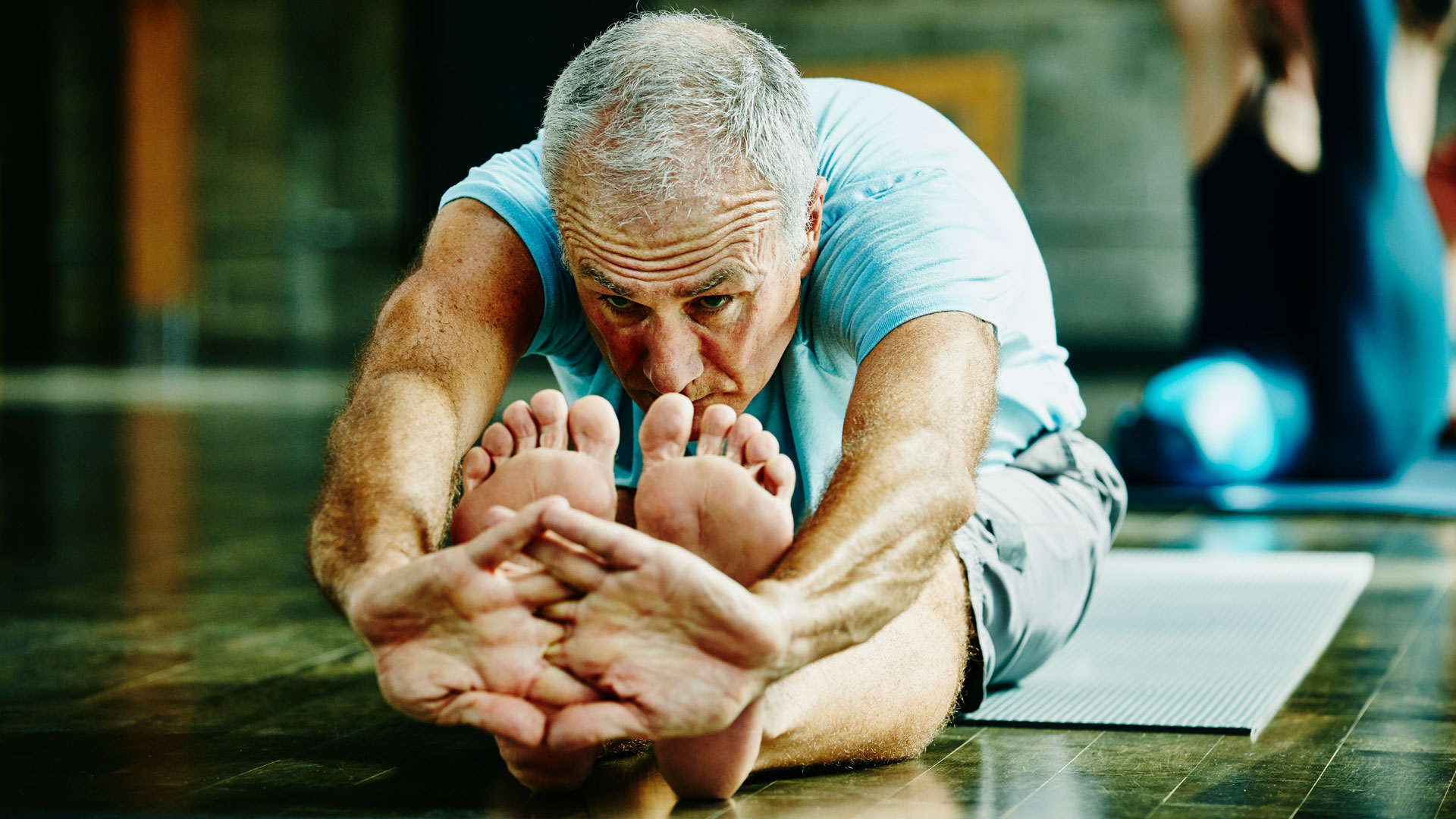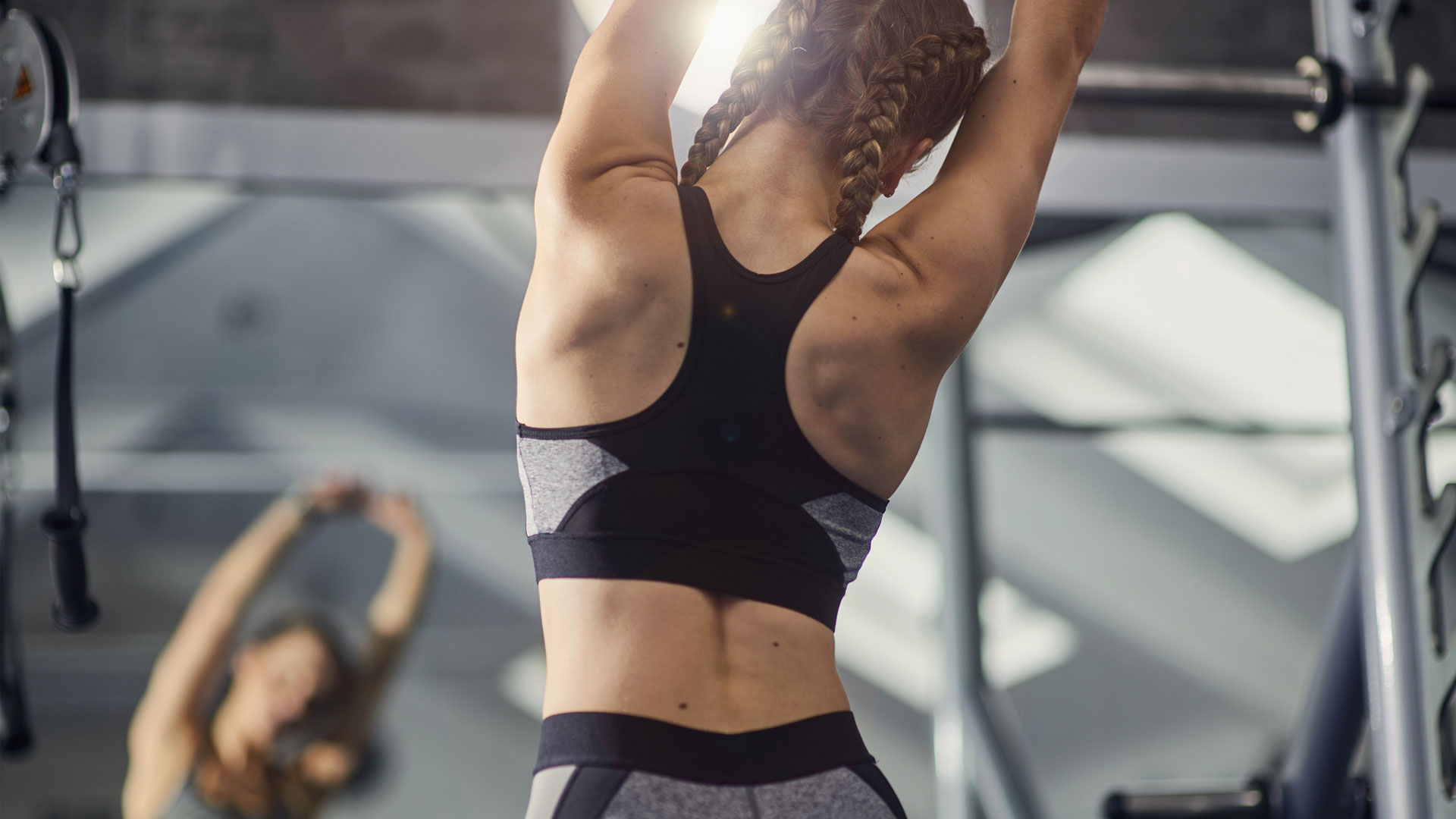What does stretching do to your body?
We're meant to ease out our muscles after exercise, but what does stretching do to your body, and how can you gain the maximum benefit?

When it comes to bad exercise habits, not making time to stretch out pre- or post-exercise is top of the list for most of us. But what does stretching do to your body? Can it really make a difference to your recovery?
We combed through the research and spoke to Luke Hughes, a level 4 PT and the founder of OriGym, to understand more about the benefits of stretching. Find out how to stretch your lower back safely or read on if you're wondering – what does stretching do to your body?
Why should I stretch?

Just like cardio, or strength training, stretching is a broad church and covers a range of movements that are helpful in different ways.
"It helps to both relax and elongate the muscles in the body, which improves their range of motion as a result, while also decreasing the likelihood of acute muscle strain injuries," says Hughes.

Luke Hughes is the CEO and Co-Founder of OriGym. Holding a first-class degree in Sport and Exercise and an MSc in Sport and Nutrition, he is also qualified as a Level 4 Personal Trainer with various specialist credentials covering the entire spectrum of health, fitness and business.
Targeted stretching can also help as part of rehabilitation if you're already injured. Research from the American Academy of Orthopedic Surgeons found that people with acute plantar fasciitis (a painful under-foot condition, common for runners in particular) who performed stretching exercises had better results than those undergoing shockwave therapy, while the Archives of Internal Medicine found stretching therapies more effective than yoga for reducing chronic lower back pain.
Stretching before and after exercise

The key to pre-exercise stretching is to keep it mostly dynamic: active movements that allow your muscles to work through their range of motion.
“These repetitive movements act as an initial warning system for your body, so that it’s prepared for what it’s about to do," says Hughes. "The muscle fibers loosen and become longer, increasing the amount of motion you can achieve with those muscles.”
Different dynamic stretches suit different workouts, but might, for example, include leg pendulum swings for runners, walking lunges for soccer players, arm swings for swimmers, and spinal rotations for anyone who needs upper body flexibility.
While most fitness experts encourage dynamic stretches before a workout, a review – by Canadian Science Publishing – of hundreds of studies in 2015 found that there's no harm in combining some static stretches as part of a full warm up that gets your blood pumping, as the combination may help to reduce muscle strain.
Once you've finished your workout, however, static stretching will offer the maximum benefit. "Static stretching requires you to move a muscle as far as you possibly can without feeling pain, holding the stretch for a total of 20-45 seconds, repeating multiple times," says Hughes. Another 10-minute minimum is a good goal to help you cool down.
- Related: How to stretch your hamstrings
Other types of stretching
As well as dynamic and static, there are other types of stretch. Hughes explains some of the varieties:
- Ballistic stretching: Similar to static, but it requires you to act quickly rather than gradually, pushing past your average range of motion. For example, the act of touching your toes will now require you to bounce and jerk towards your feet.
- Passive stretching: Requires an outside force to create resistance: this could be another person, a prop, such as a resistance band, or even just gravity. Interestingly, just 12 weeks of passive stretching five times a week may help lower your risk of heart disease and diabetes, as it helps improve blood flow by improving your arterial health, according to the Physiological Society.
- PNF stretching: Proprioceptive neuromuscular facilitation stretching requires you to actively stretch your muscles through a combination of alternating contractions and relaxation techniques. However, this should only be done with expert guidance.
- Isometric stretching: An advanced type of static stretching that involves the resistance of the muscle groups through the use of isometric contractions. For example, placing an outstretched leg on a chair and pressing the leg down creates an isometric contraction.
Which muscles need the most stretching?

To a degree your stretching should be led by the exercise you favor. So, if you're putting in an upper body weights session you'll want to pay attention to your arms, shoulders and core muscles. A runner might want to spend longer on their legs and glutes. But there are certain muscles that could do with regular TLC.
"I'd advise you to pay particular attention to the muscles that are responsible for your general mobility," says Hughes. "This includes calves, hamstrings, hip flexors in the pelvis and the quadriceps in the front of the thighs. By regularly stretching these areas you help to keep your muscles long and flexible, which in turn can aid your balance." As you get older your muscles tend to shorten and tighten, so your future self will thank you for putting in the work now.
What happens if I don't stretch enough?
It isn't the most enjoyable part of a workout, but regular stretching could save you serious pain in the long-run. "Inflexibility will cause your muscles to tire at a faster rate and your joints will become more prone to injury. This will lead to abnormal stress on structures, which in turn prompts less blood and nutrients in your joints," says Hughes.
And if you're a gym bunny things can get trickier. "Regular athletes will also have excess anti-inflammatory lactic acids within their body, a stimulant that causes your muscles to become sore. When you stretch, your body begins to break down and get rid of this harmful product, while simultaneously distributing oxygen to your muscles."
In other words, missing one session isn't such a big deal, but failing to stretch regularly could lead to the build-up of issues, including muscle soreness and inflexibility, particularly if you work out frequently.
Further reading
Sign up for the Live Science daily newsletter now
Get the world’s most fascinating discoveries delivered straight to your inbox.
Lizzy Dening is a freelance journalist, based in Peterborough, UK. She specialises in health and fitness content, as well as women's rights (particularly around sexual violence). She's previously been published in titles including The Guardian, Elle, Vogue, Marie Claire, Grazia, Women's Health, and the Independent.
She also writes a free monthly newsletter called Out Of Office, on Substack, which is aimed at self-employed women. She's an enthusiastic if often-injured runner, a sporadic poet and is interested in just about every new fitness trend going. Find her on Twitter @lizzydening











